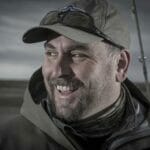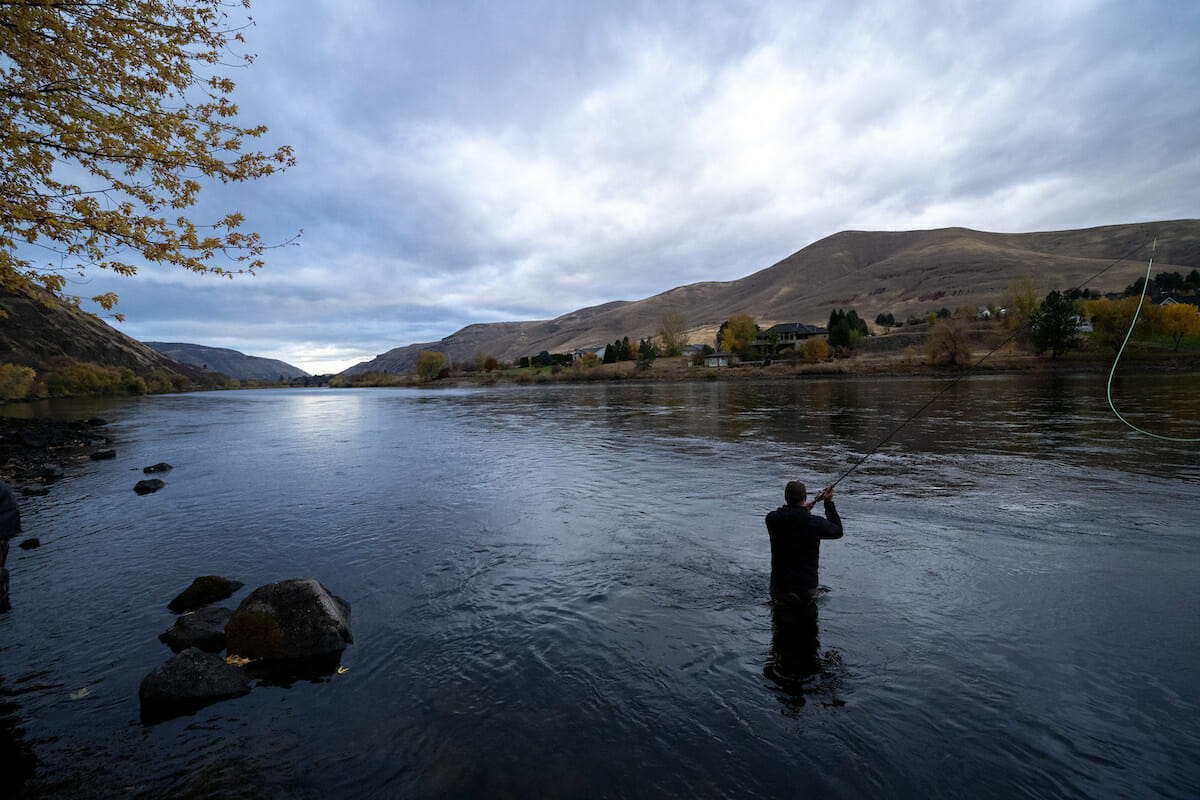It’s the oldest marketing “hook” in the fishing book. “This is going to help you catch more, bigger fish… guaranteed!”
From baits and flies to rods and lines… hooks to books and videos, “catch more fish” are the three magic words (some would say for better or worse).
Now, whether those things live up to their billing is a subjective deal. For example, I’ve never really seen a super-hyped fly rod catch any fish that a good fly rod caster couldn’t catch with just about any rod. But it’s kinda fun to think something can give you superpowers when you’re fishing.
The truth is, there is only one proven thing in the whole world that will help any person who fishes, regardless of their skill level, the gear they use, or the techniques they employ, have a legitimate chance to catch more fish whenever they go fishing.
And that is to have more wild fish in the water in the first place.
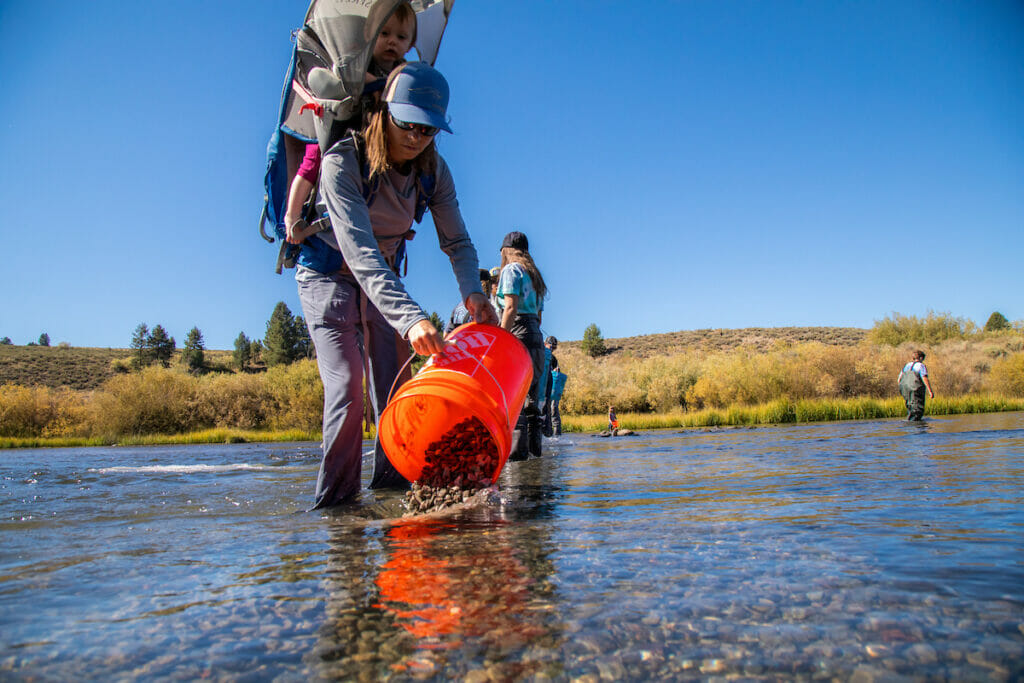
I’m not talking about stocking fish. That doesn’t count. That’s a shortcut. In fact, many people (myself included) think stocking stands in the way of a truly healthy fishery.
I’m talking about habitat. Where healthy, big fish make millions of healthy little fish. Habitat leads to real numbers, and numbers amount to opportunity. Fishing is, after all, a game of opportunity.
A truly healthy fishery
I just returned from a walleye fishing trip on Lake Erie, and I could not believe what I experienced there. I was actually born in Toledo, Ohio, right around the time when Lake Erie was starting to collapse into the dilapidated embarrassment of the Great Lakes. As an angler, I was never “proud” to have hailed from that area. In fact, I never talked about it. Even Dr. Seuss took a jab at Lake Erie in The Lorax.
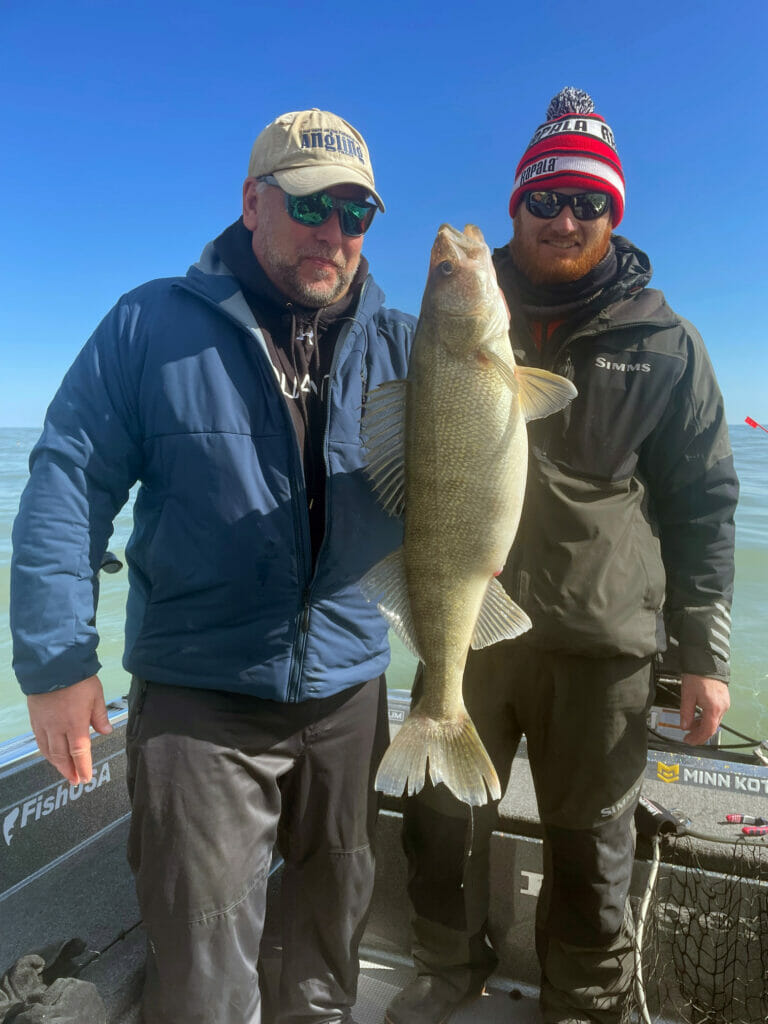
After years of pollution (some outright poisoning), overfishing and other stresses, however, the lake was set on a path of recovery, and today, within a few decades, Erie is nothing less than prolific; just because humans stopped abusing it. You can take my word for it, or just count the bald eagles that live along its shoreline now. Eagles tend to be where the fish are. If you can’t get to Alaska but want to see eagles, try Port Clinton, Ohio. You won’t be disappointed.
As for the fish, the Lake Erie ecosystem is still improving, but the native walleyes have come back in force. There are now 100 million walleyes in Lake Erie (not a typo). Whether you want to eat them or just take pictures… use bait or lures… fish from a boat or the shore… there’s plenty for everyone. And though it has the least amount of water volume of all the Great Lakes, Erie is now home to half of all fish in the Great Lakes system. Lake Erie is probably the greatest fishery recovery story in history, period. Gerry Bethge sums it up well in a piece he just did for Field & Stream.
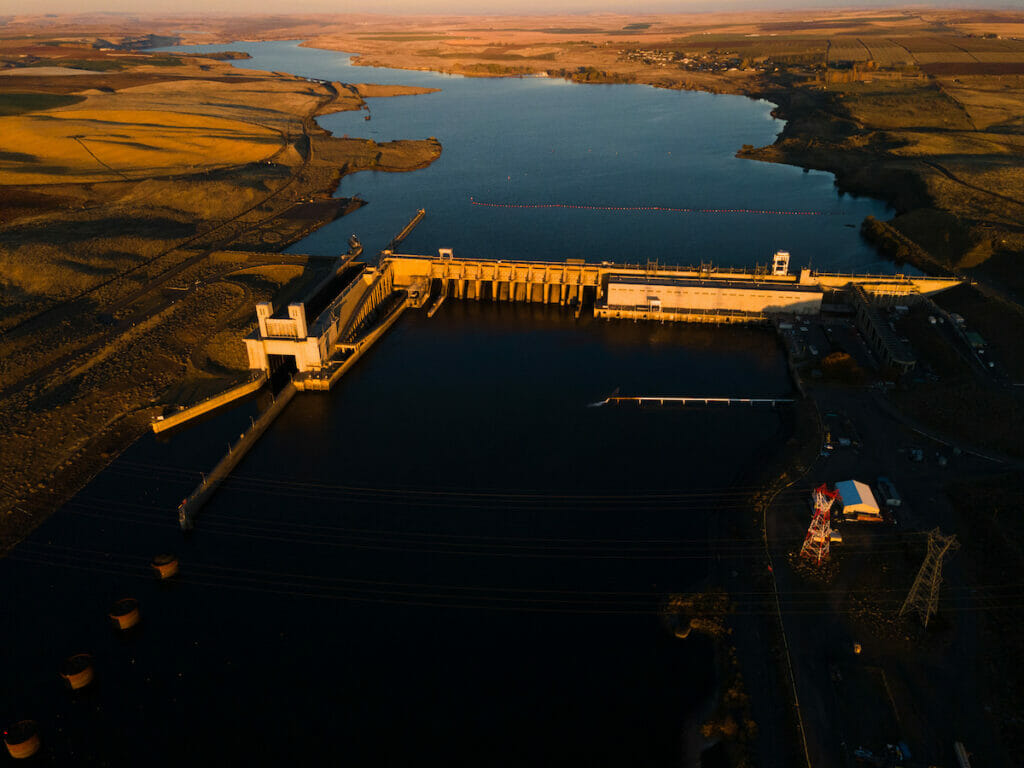
I’m not suggesting that miracles of this scale are in the offing for famous trout rivers. I don’t know if we’ll ever see native cutthroats proliferate in the Upper Missouri headwaters in the same numbers that they were during the Lewis & Clark expedition (the walleye recovery on Lake Erie is about like that). But I do know, for example if we want great steelhead and salmon fishing in the Snake River basin (heck, if we want any salmon or steelhead in the Snake drainage 20 years from now) we need to take out some dams. And I know if you take out certain dams and improve habitat, salmonids thrive.
None of this should cause you to slap your forehead. It’s pretty elementary stuff. Its why TU was created in the first place in 1959—to improve habitat so there would be more naturally producing trout in the rivers. “Take care of the fish, and the fishing will take care of itself.”
Most anglers clearly get it when it comes to the virtues of “catching more fish.” Sure, nobody likes to get skunked, but we also appreciate the experience for a lot more than counting. And we understand that by sometimes catching a few less, we’re actually leaving more in the water, and sharing the resources with more consideration of others.
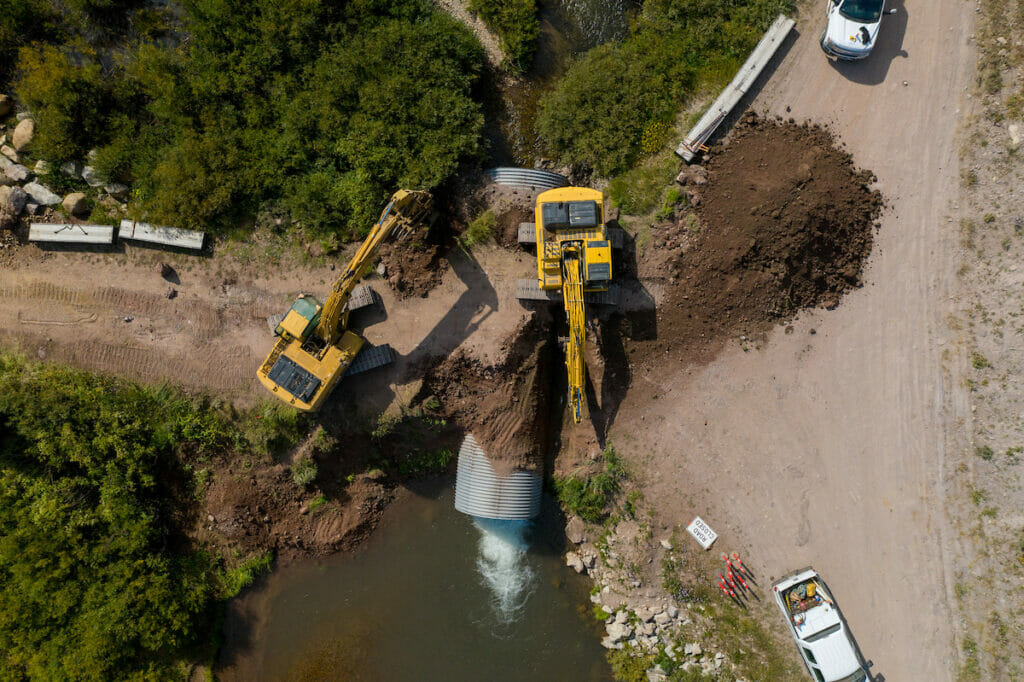
I wish any company that markets products on the basis of “catch more fish!” would invest 10 times more in the real secret ingredient—habitat. Get that right, and everyone really will be catching more fish, with good reason.
I think most of us are pointed in the right direction.


